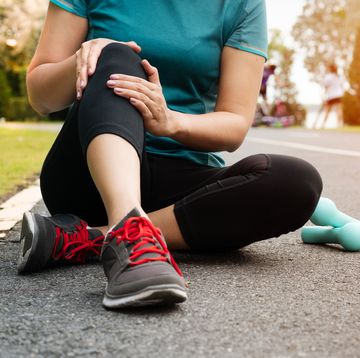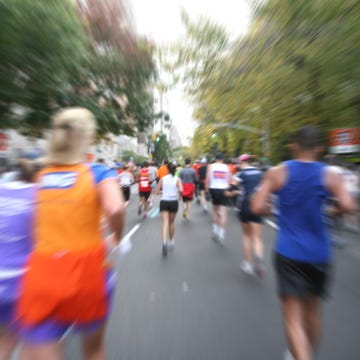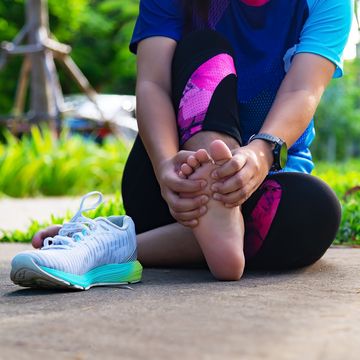The Altitude Centre
On the first floor is the Altitude Centre, a studio kitted out with top-of-the-range spin bikes and treadmills. The room is kept at an altitude of 2,750m above sea level (Mont Blanc, the highest peak in the Alps, sits at 4,810m).
The London air outside is composed of 20.9% oxygen, Roy, our trainer tells us, while in the studio the level averages 15%. It’s not particularly noticeable - until you start training.
Our 'taster session' kicked off with Roy calculating our max heart rates. We're given heart rate monitors which are hooked up to big screens in the corners of the room displaying heart rate, the percentage of max heart rate we’re working at and how hard we're working. While you train individually, you can see everybody's data on the big screens, which is a brilliant group motivator (and utterly cheat-proof – there’s no sloping off to the back of the class when things get tough). For anyone addicted to trawling through data on their Garmin, watching your heart rate soar and recover on the huge TV screens is mesmerising, it’s a second by second account of how hard your body is working.
Our interval session featured 400m sprints on the treadmill followed by a 30-second rest in between reps. As you up the intensity, you can definitely feel the low oxygen, and by the final 400m sprint my limbs were feeling wobbly. But that wasn’t the hard part: onto sprint work on the Speed Board, a non-motorised treadmill sitting in the corner of the room. They say appearances can be deceptive, and in the case of this unassuming bit of kit the phrase was never more true - after just two 30-second blasts, it was game over for team RW. Roy tells us the Speed Board is ideal for HITT training. With no motor, your speed is controlled entirely by you propelling the slots on the base backwards so it’s far easier to slow down or speed up suddenly compared to traditional treadmills.
While altitude training is obviously beneficial for anyone on a mission to climb Mount Kilimanjaro, it’s also helpful for general training. Training with lower atmospheric oxygen triggers physiological changes, making the body more efficient in using oxygen and allowing you to train harder for longer.
Find out more about the Altitude Centre, including class timetables, at www.altitudecentre.com.

















